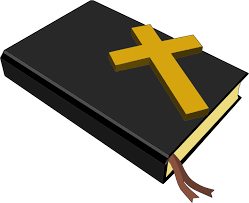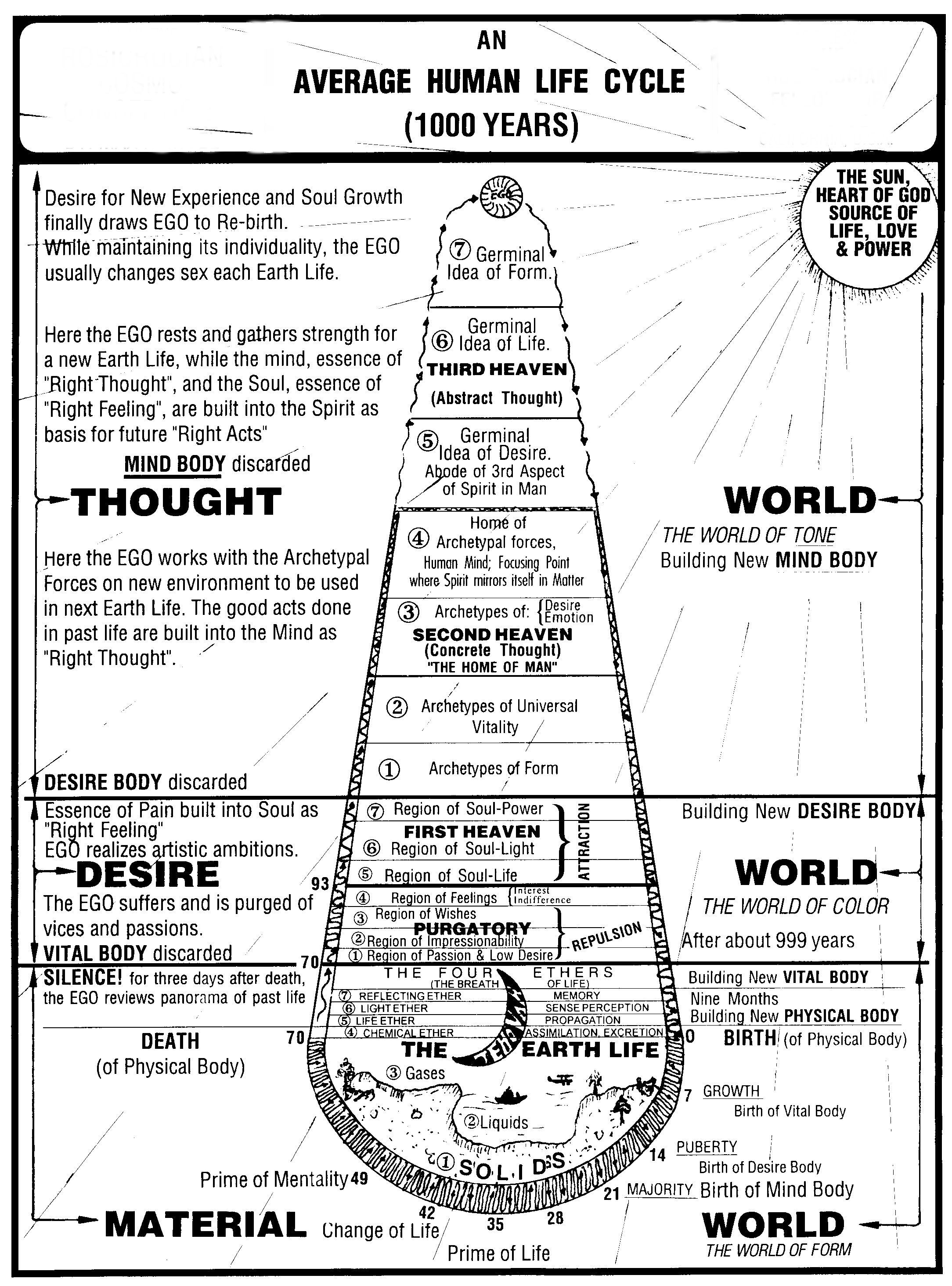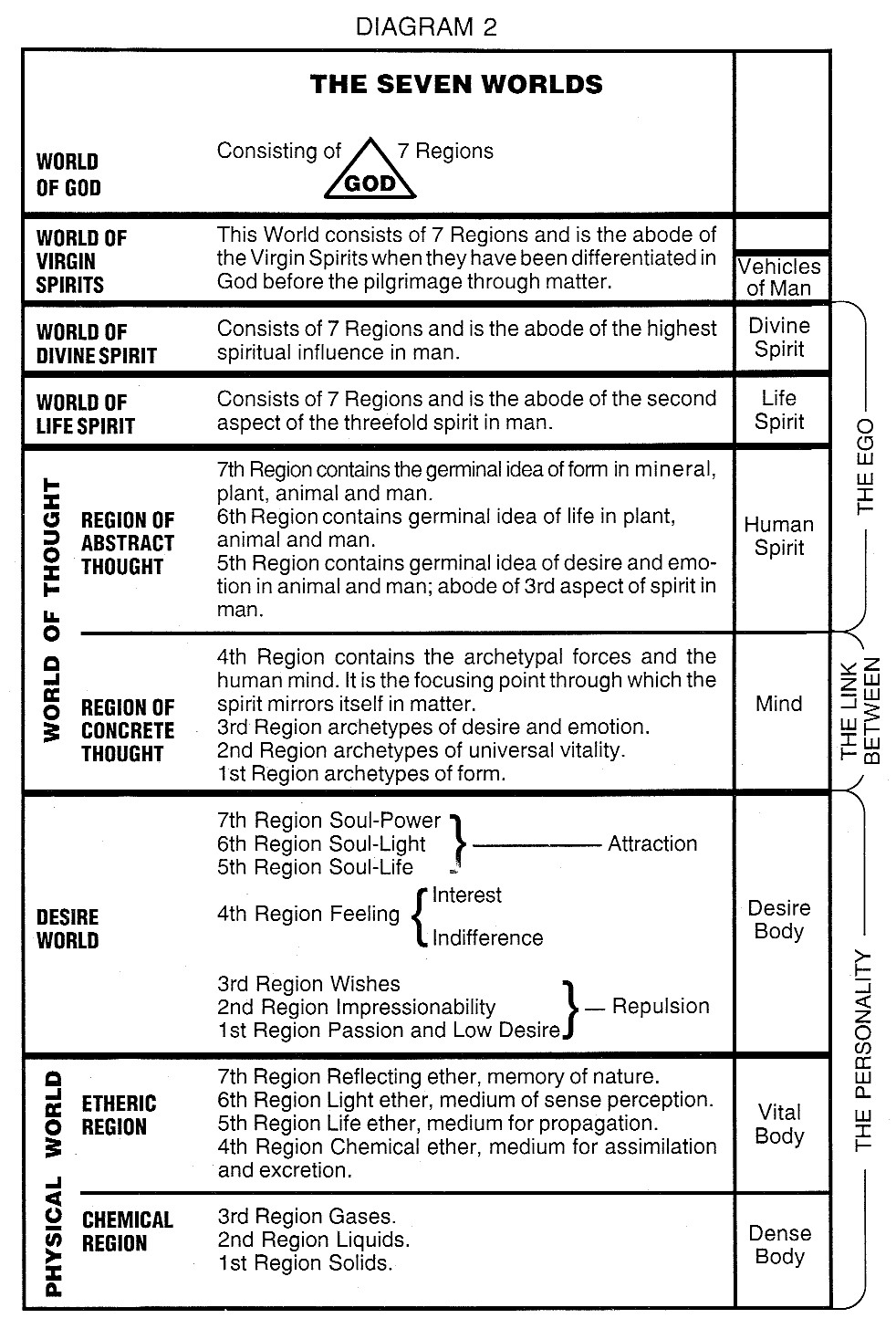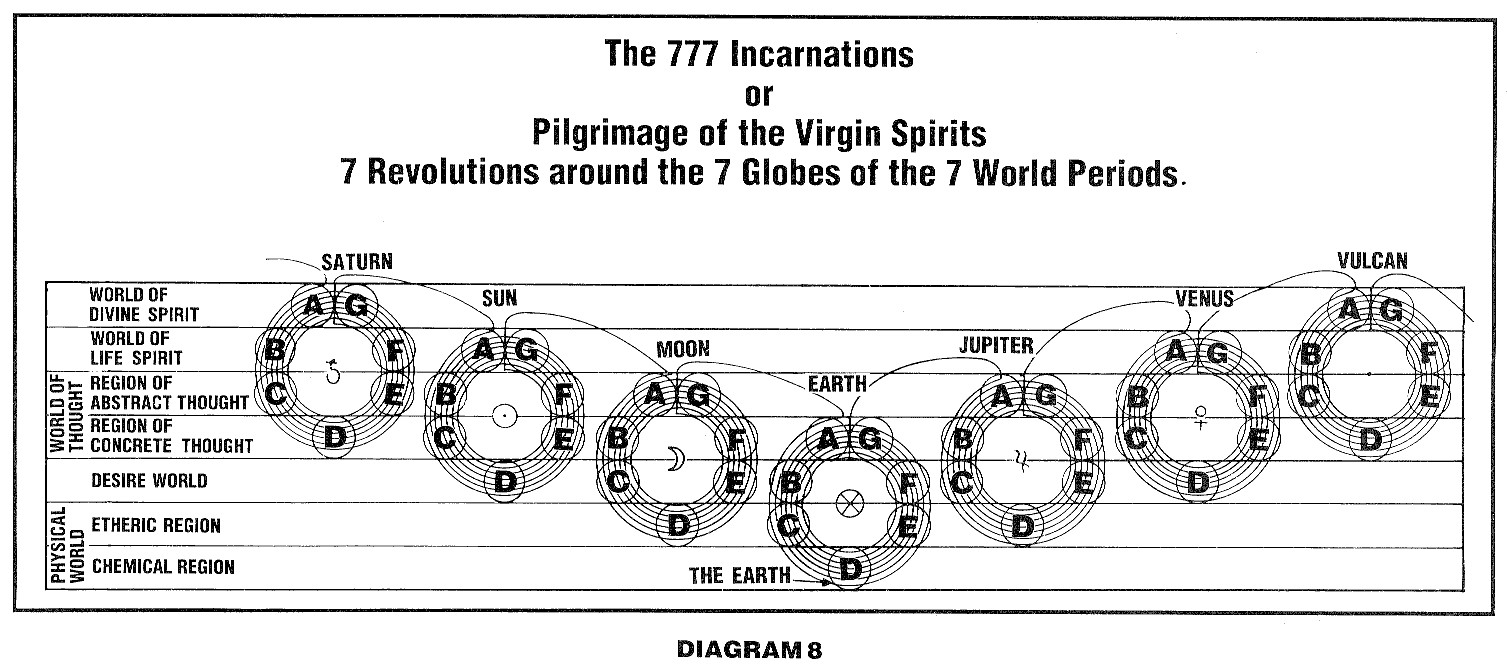
| RosicrucianU.com | ||
| Simplified Scientific Christianity |

After these soul experiences had come to Jacob he was obliged by an inner necessity to continue his quest for further light. He journeyed to the east. Through his recent illuminations he had glimpsed that well whence all truth issues. His task was to remove the stone of prejudice, bigotry and superstition from the mouth of the Well of Truth in order that the flocks (souls) gathered thither might learn to partake of its life-giving waters.
While Jacob yet spake with the keepers of the well, "Rachel came with her father's sheep for she kept them." (Genesis 29:9) Jacob was about his Father's business. Following his exalted experience, he busied himself with his daily duties, imparting to them something of the light and understanding he had received on high. While faithfully performing such tasks, behold, Rachel appears. His eyes are opened to things of the soul. He has a perception of the divine feminine, the Christ within.
Rachel the shepherdess, like Christ the Shepherd, kept her father's sheep. The Master enjoined all those who loved Him to do likewise. "Feed my sheep," was His loving injunction.
Rachel, the exalted feminine, the higher self, is near to every one and awaiting an opportunity to become manifest. Few as yet recognize her identity; still fewer seek her in marriage; and a smaller number succeed in consummating it. Jacob not only beheld Rachel; he loved her, wooed her, won her. This accomplishment was the paramount issue of his life.
Jacob found a welcome in Laban, the home of his father's brother, and served him for twice seven years. His reward was Laban's two daughters, Leah and Rachel. Now Leah was tender eyed; but Rachel was beautiful and well-favored. And Jacob loved Rachel; and said, I will serve thee seven years for Rachel thy younger daughter." And Laban said, "It is better that I give her to thee, than that I should give her to another man; abide with me."
Laban means white or shining and represents in the life of Jacob the teachings and the training given to a worthy disciple by the White Brotherhood.
Leah and her handmaid Zilpah (one who advances) and Rachel and her handmaid Bilhah (modesty, humility, trembling) represent the work of further transmutation in Jacob, the neophyte. The number seven marks a definite cycle of accomplishment. Seven were the days of creation; seven are the years of probation. For this period Jacob served. But at the end of those years, contrary to his expectations, he did not receive Rachel but Laban's elder daughter Leah. Feeling that he had been beguiled, he asked Laban why he had treated him thus. Said Laban: "It must not be done in our country, to give the younger before the firstborn. Fulfill her week, and we will give thee this also for the service which thou shalt serve with me yet seven other years." (Genesis 29:16,27)
Long training and severe discipline precede attainment. Dedication to an ideal does not mean easy or immediate realization. It often brings unexpected experiences, unsuspected problems, and seemingly unwarranted delay. Life may become harder for a time, since there remains so much in the nature of the aspirant that still hinders the spiritual promotion desired and asked for. In response to his dedication, the Lord (Law) takes a new interest in him and assigns tasks best suited to develop the necessary qualities. These tasks are according to his strength and need, not to suit his personal pleasure or inclination. Their necessary and beneficent aspects may not be apparent. It is then that the aspirant may exclaim, in the words of August Strindberg, the Swedish dramatist, "I sought God and found the devil," or ask, disappointedly, with Jacob, "Did not I serve with thee for Rachel?"
Jacob did serve for Rachel, nor did he serve in vain. But before he was qualified to receive her, another seven year cycle of preparation was necessary, during which time he was given Leah, the representative of a lesser degree of inner light and spiritual attainment.
In the life of an aspirant, the birth of a son signifies the acquisition of some specific attribute of spirit. In early stages this acquisition is of a personal rather than a spiritual nature. This is indicated in the life of Jacob by the fact that, while Leah (lower nature) was fruitful, Rachel (higher nature) remained for a long time barren.
When considering the birth of Jacob's sons in relation to the unfolding spiritual attributes in the life of the neophyte, the astrological key can be used to exceptional advantage. With its aid we discover that Reuben, the firstborn, comes under the sign Aquarius. Its keynote is altruism. Simeon and Levi represent Gemini, the twins. On the lower planes this is duality and division; on the higher, unification of the opposite polarities.
Genesis 30:5-13
And Bilhah conceived and bare Jacob a son,
And Rachel said, God hath judged me, and hath also heard my
voice, and hath given me a son: therefore called she his name
Dan.
And Bilhah, Rachel's maid conceived again, and bare Jacob a
second son.
And Rachel said, With great wrestling have I wrestled with my
sister, and I have prevailed: and she called his name Naphtali.
When Leah saw that she had left bearing, she took Zilpah,
Leah's maid, and gave her to Jacob to wife. And Zilpah, Leah's
maid bare Jacob a son,
And Leah said, A troop cometh: and she called his name Gad.
And Zilpah Leah's maid bare Jacob a second son. And Leah said,
Happy am I for the daughters will call me blessed: and she called
his name Asher.
The higher nature assists the lower nature in its effort to rise. Dan (judgment) is Scorpio, the regenerator. Napthali is Capricorn, the sign of mastery attained after strenuous wrestling. Gad is Aries, the sign in which there is an uprush of new life. With it cometh a troop of fresh energies. Asher (happiness) is Libra, which brings the joy of spiritual knowing.
And afterwards she bare a daughter, and called her name Dinah. Issachar is Taurus, the sign of material possessions and karma. It "hath given me my hire." Leah's presentation to Jacob of her maid indicates that the Taurean feminine principle had been awakened through Love. Zebulun is Pisces, the sign wherein the mystic wedding within takes place. "Now will my husband dwell with me." Dinah, the one daughter of Jacob, is Virgo, the sign of chastity and purity, the key of all true attainment. She is the last child of Leah. It is after her birth that Rachel becomes fruitful. The lower and the higher are then united.
Joseph is Sagittarius (multiplier), the one who brings light out of darkness. With his coming, Rachel exclaims triumphantly: "God hath taken away my reproach." When the spiritual has been awakened it must be expressed in daily life. Hence, Rachel's earlier cry: "Give me children or else I die." Her prayer was granted. The higher life became fruitful.
Jacob is now prepared for a larger sphere of service. He is ready to serve consciously as an invisible helper on inner realms (his own country), as well as during his waking hours on the physical plane.
The names and the number of Jacob's wives and children are of little consequence as mere facts of history. But since these facts are part of an inspired Manual of Life that has no equal, it could scarcely be doubted that their chief significance lies below the surface. The New Age approach to the study of the Bible looks primarily to these veiled values.
The wives of Jacob represent unions of various faculties at successive stages of development; and the children born of such unions are spiritual attributes that arise therefrom. The multitude shares the experiences of Jacob. For long it remains wedded to Leah, the lower nature, while the soul longs for the companionship of Rachel, the higher. Before union with Rachel was accomplished Laban, representative of spiritual law, intervened and helped Jacob, the aspirant, to duly qualify himself to receive the hand of Rachel, his spirit self.
As wage, Jacob received from Laban — the law under which he worked — the speckled lambs, and certain kids of the flock. These represent offspring of his own thoughts, words and deeds.
Every thought creates a form on inner planes. When such a form is strong and definite, either from the energy imparted to it at the moment of its creation or through strength acquired by its repetition, it gradually externalizes itself in the life, circumstances and environment of its creator. These thought forms are patterns, whether they be good or ill, and will manifest objectively according to their nature. In a moment of illumination Jacob was permitted to see the operation of the law by which this is accomplished. "I lifted up mine eyes," says Jacob, "and saw in a dream, and behold, the rams which leaped upon the cattle were ring-streaked, speckled, and grisled." This is an allegorical way of saying that the image-making faculty had not yet been perfected. It was not sustained, strong and clear. There were yet weaknesses to be overcome which caused the images to be imperfect at times. It was in a brown or mottled stage, somewhere, alchemically speaking, between unregenerate red and regenerated white. The process by which the crystal clarity of pure white is attained is long and arduous. The key to its accomplishment is contained in the chapter where the episode under discussion appears. Astrologically, it is found in the symbolical values of the lamb and the goat: the lamb representing Aries, the spiritual meaning of which is purity and transmutation; the goat, Capricorn, whose highest powers give mastery through the Christed mind.
Paul understood the means by which images of mind could be perfected and brought to spotless whiteness, as voiced in his admonition to the Phillipians (IV:8): "Finally, brethren, whatsoever things are true, whatsoever things are honest, whatsoever things are just, whatsoever things are pure, whatsoever things are lovely, whatsoever things are of good report; if there be any virtue, and if there be any praise, think on these things."
Rachel's appropriation of her father's image indicates a stage in development where the neophyte alone is unable to operate the laws of spiritualized mind successfully. He therefore draws upon other and external resources for aid, usually a personality. Thus Laban must seek out Jacob until he himself is ready to make a covenant with his higher mind, after which human interferences are closed out and thought patterns are imagined forth in pure spirit.
Rachel's flight with the stolen gods of her father's house signifies a misuse of the image-making principle she symbolizes. But divine law holds everyone to strict account for every action. Hence, Laban's search for the gods. The seven-day journey symbolizes a sevenfold purification culminating in the final reconciliation between Jacob and Laban. This is the White Work of the alchemist whereby the Philosopher's Stone is fashioned; and it must eventually be the experience of all men.
Jegar-saha-dutha means the heap of witness. Gilead means thanksgiving. In the covenant between Jacob and Laban, Jacob (man) learns at last, through many trials, disappointments and disillusionments, to come into at-one-ment with cosmic law. The working of the law is constant, unchangeable, infallible. Man's reaction to it depends entirely upon himself. So long as he works for himself, for personal possessions and self-glorification, he must know separation and inharmony as exemplified in Jacob's disappointments at Laban's hands.
— Corinne Heline

|

|

|
|
|
Contemporary Mystic Christianity |
|
|
This web page has been edited and/or excerpted from reference material, has been modified from its original version, and is in conformance with the web host's Members Terms & Conditions. This website is offered to the public by students of The Rosicrucian Teachings, and has no official affiliation with any organization. | Mobile Version | |
|